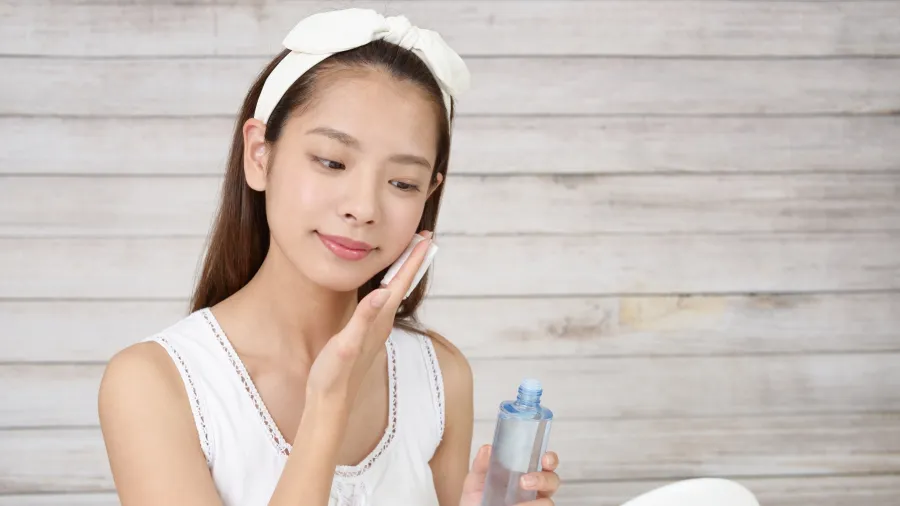
1 in 4 new brands target beauty and personal care market
Key innovations focus on skin and hair care.
Over 25% of all new brands launched recently are in the beauty and personal care (BPC) industry, according to Euromonitor International's Innovation tool.
Innovation in the beauty sector has focused on key skin and hair care categories, with new product launches emphasising effectiveness and wellness benefits. Large brands often introduce these innovations in the US, whilst smaller brands test them in local markets, according to Egle Tekutyte, innovation consultant at Euromonitor International.
“Following the evolution of innovation in Beauty and Personal Care (BPC) can help businesses understand and respond to consumer purchasing preferences and help them make informed strategic decisions,” she said.
“Additionally, other fast-moving consumer goods (FMCG) industries seek inspiration from beauty and personal care and hope to learn from how BPC speaks directly to consumers,” added Tekutyte.
Moisturizers and treatments led new brand launches in the BPC industry, accounting for almost a quarter of new product development last year.
“Consumers look for natural facial care, but in the absence of a standard claim for natural, ingredient-level information helps better inform their purchasing decisions,” the consultant noted.
An example of this trend is the clean K-beauty brand Mary & May, which prioritises ingredient transparency. This approach has helped the brand expand globally and launch nine sub-brands from 2021 to 2024.
Moreover, holistic wellness trends are driving innovation in beauty products, especially in hair care.
Tekutyte said that focusing on hair and scalp health has led to nearly 150 new product launches in conditioners and treatments last year.
The trend is expected to support a 3% CAGR in global retail value for the category from 2023 to 2028. Aveda, for example, launched about 20 new sub-brands, including Scalp Solutions, emphasising scalp health.
The largest BPC markets, such as the US, Brazil, India, Germany, France, and the UK, are the most active in new product development. Smaller brands innovate locally, whilst larger brands test products before wider expansion.
Moreover, the BPC industry sets trends for new product development across the FMCG space.
Tekutyte pointed out that insights from BPC will help other industries identify areas for future innovation.
“Companies should think about the concept of wellness holistically and consider how it manifests itself in the industry where they operate,” she said. “Additionally, they should openly disclose the ingredients of their products as consumers increasingly demand transparency on this front."
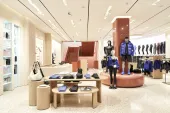


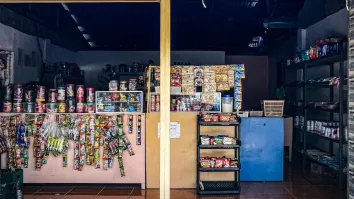


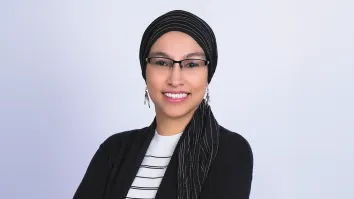



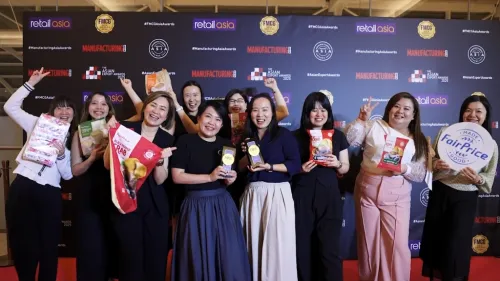
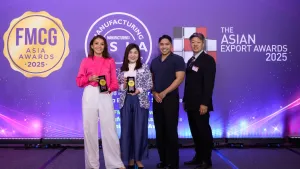
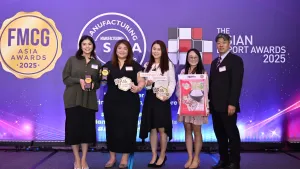
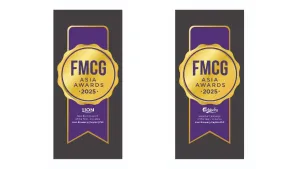
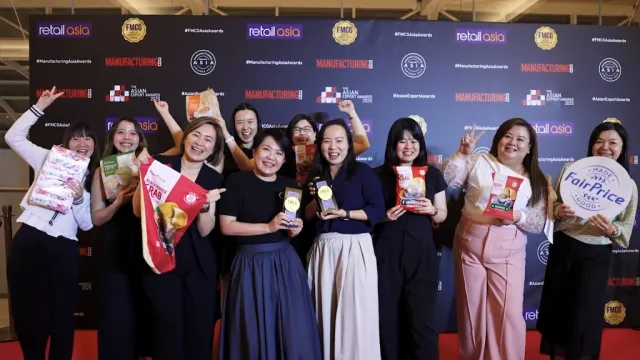




 Advertise
Advertise





